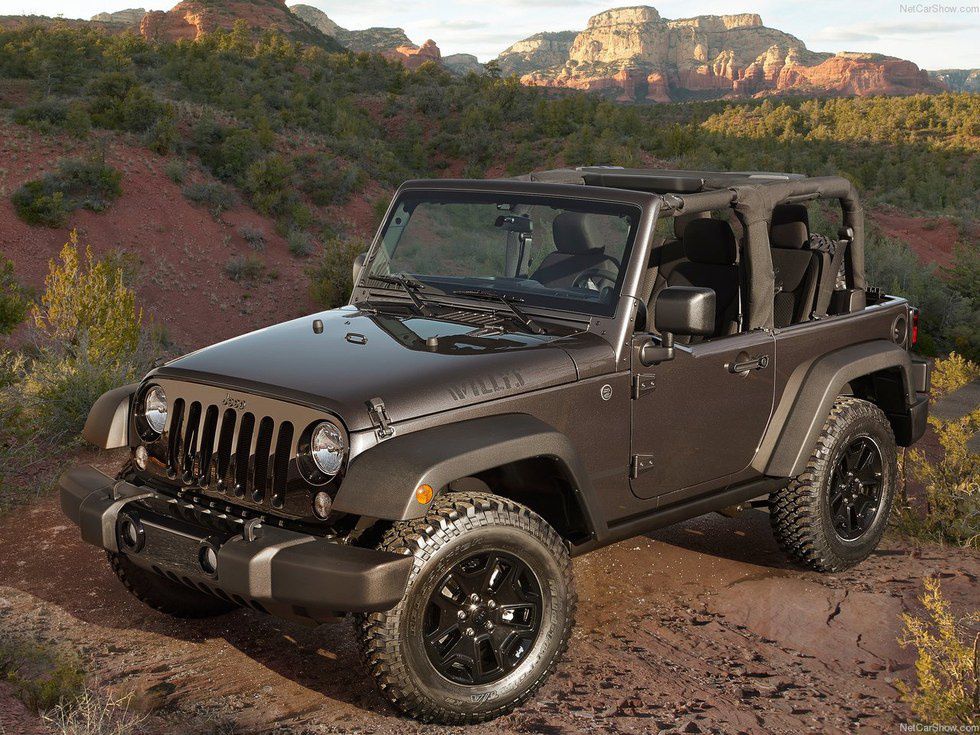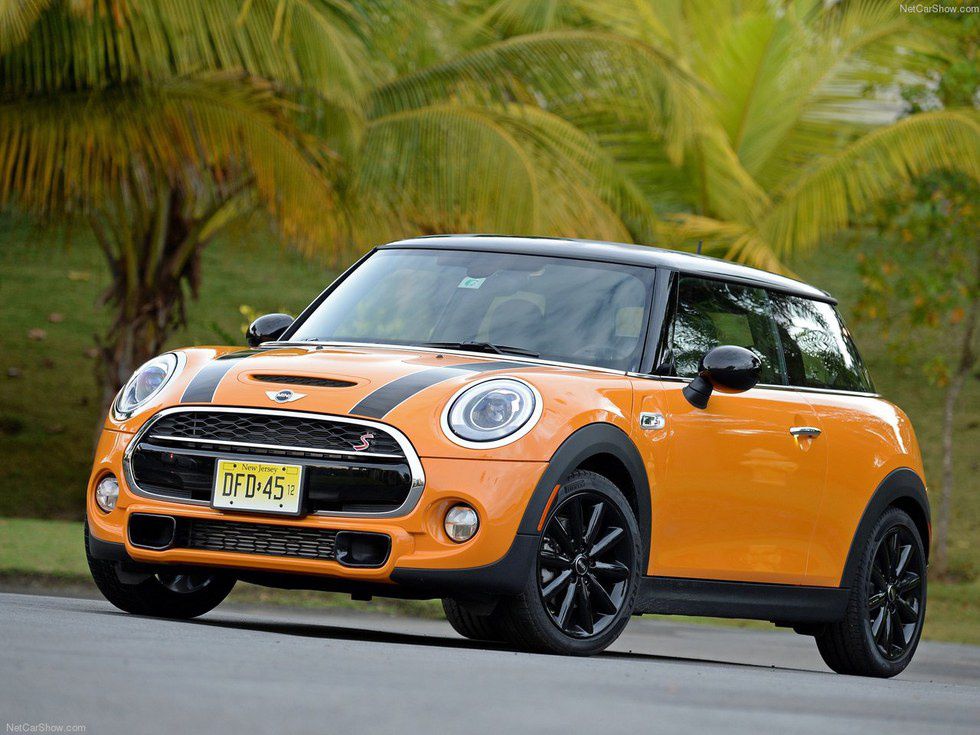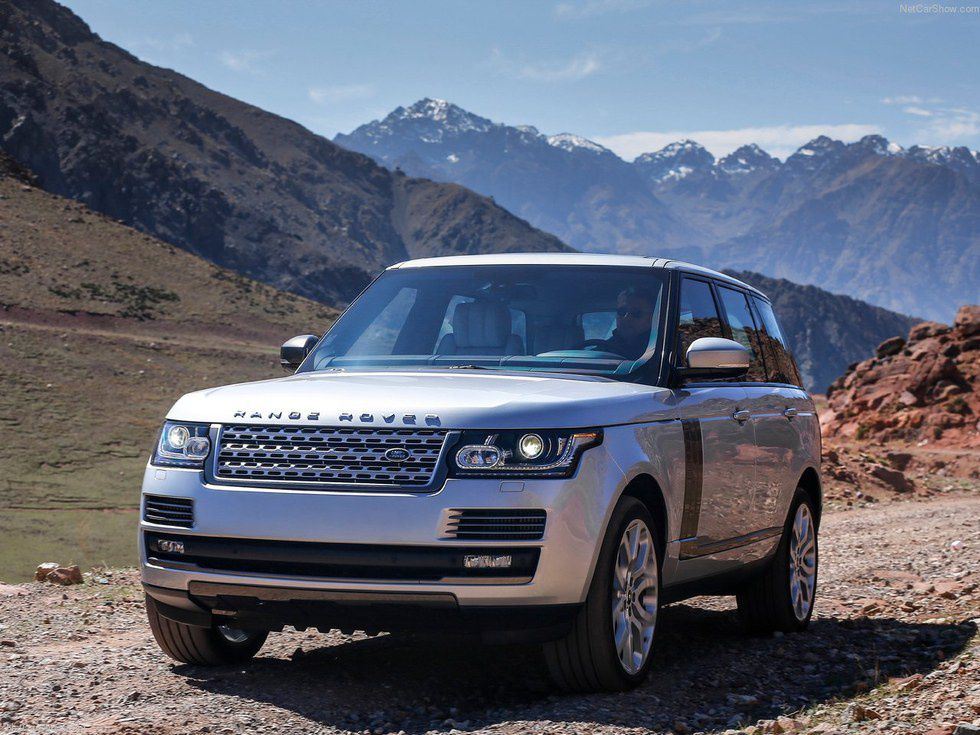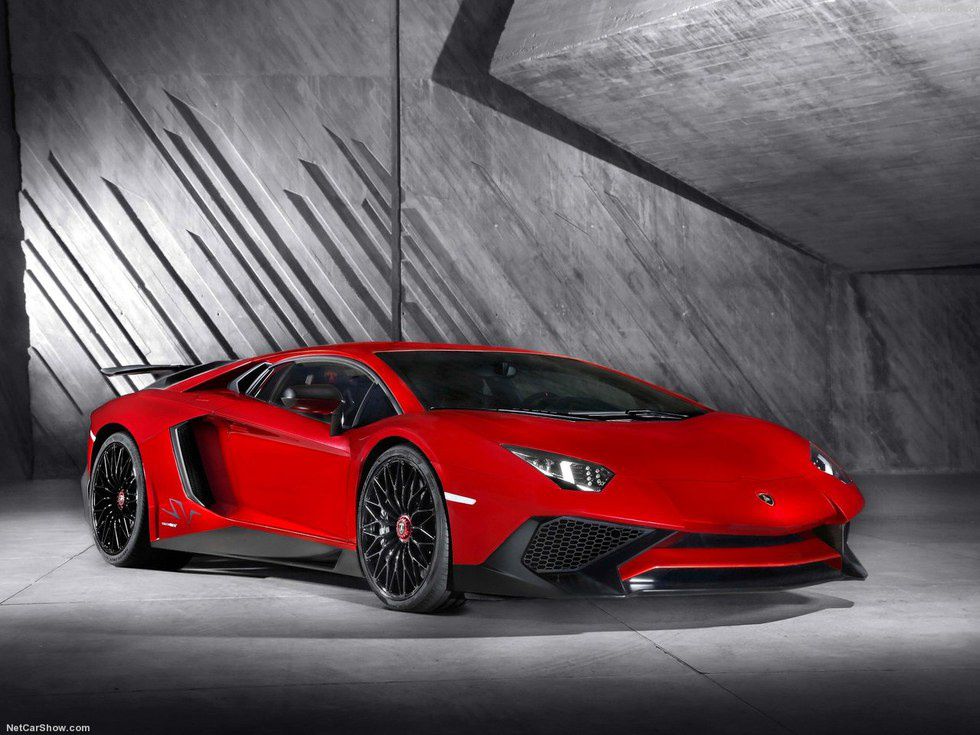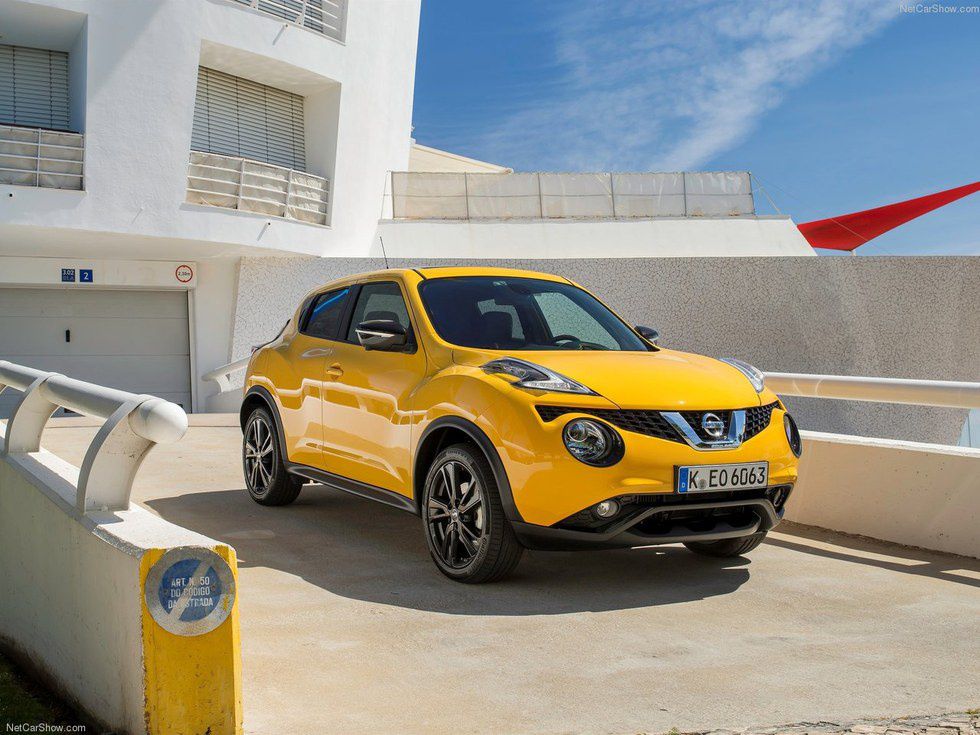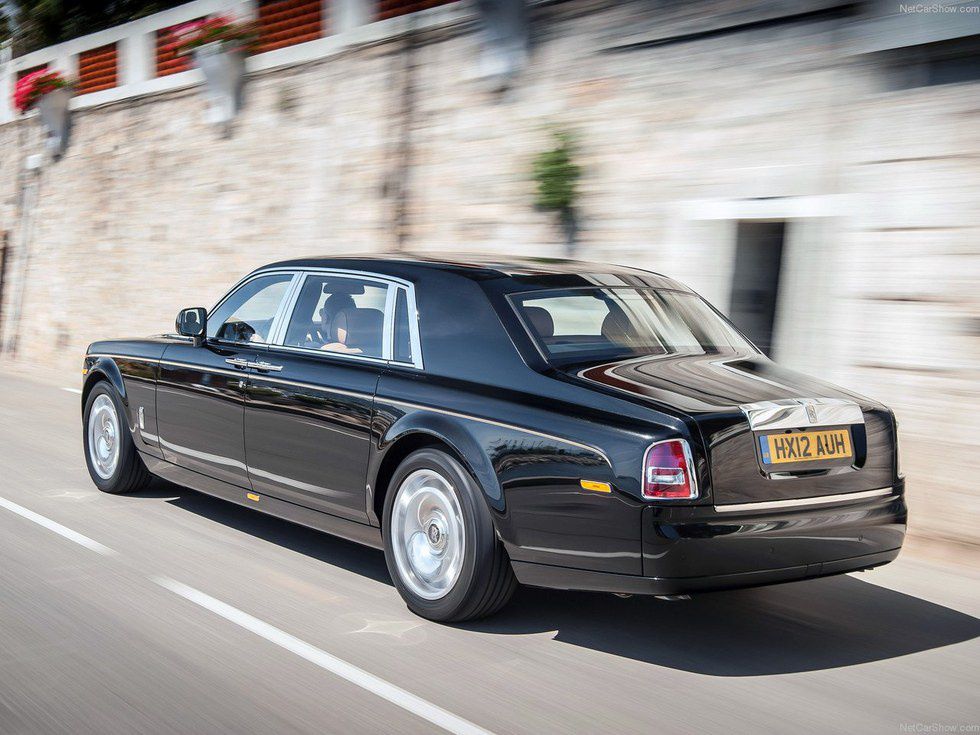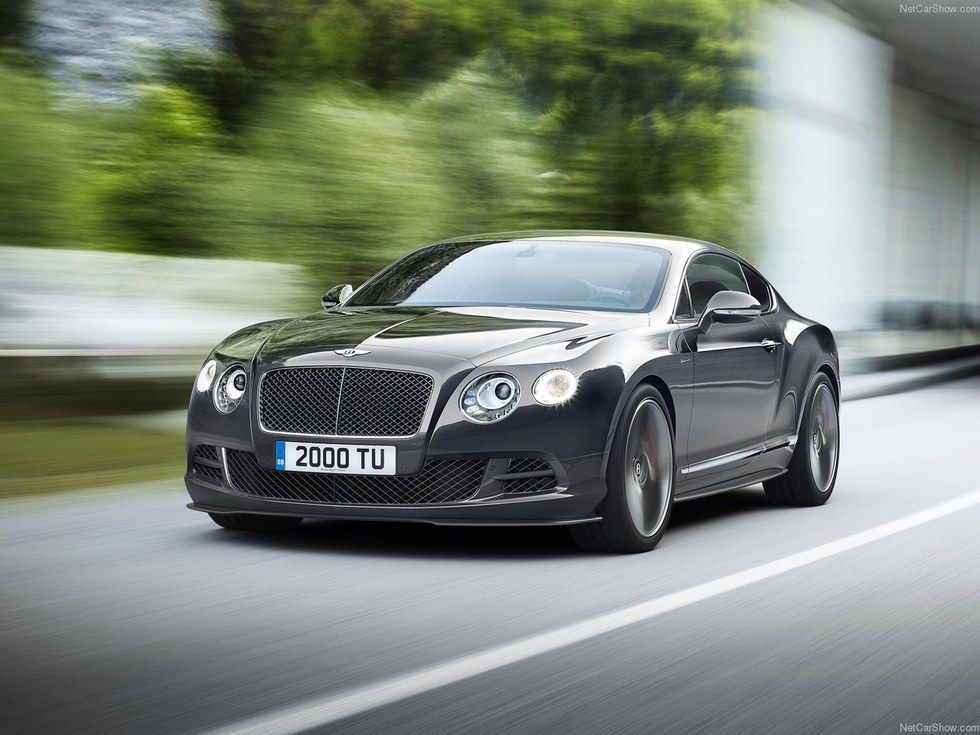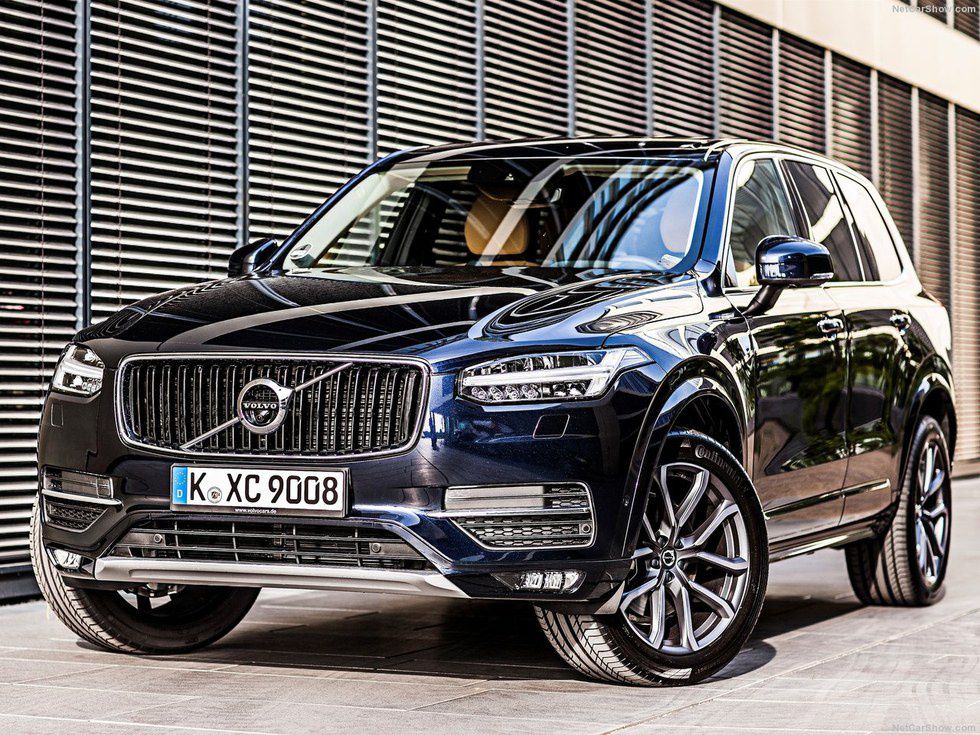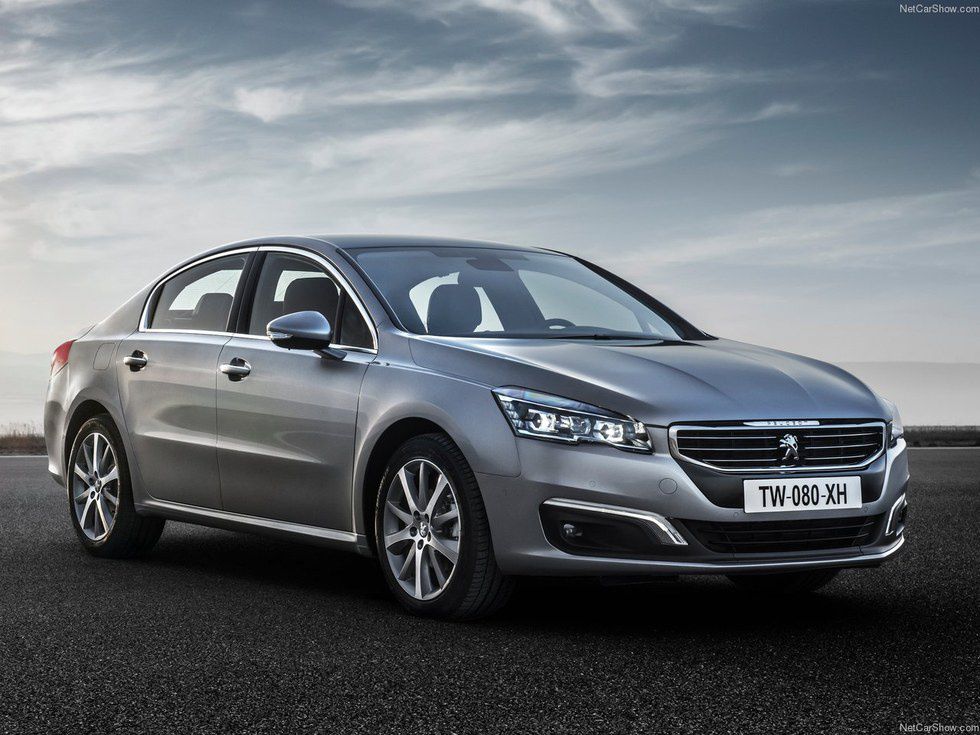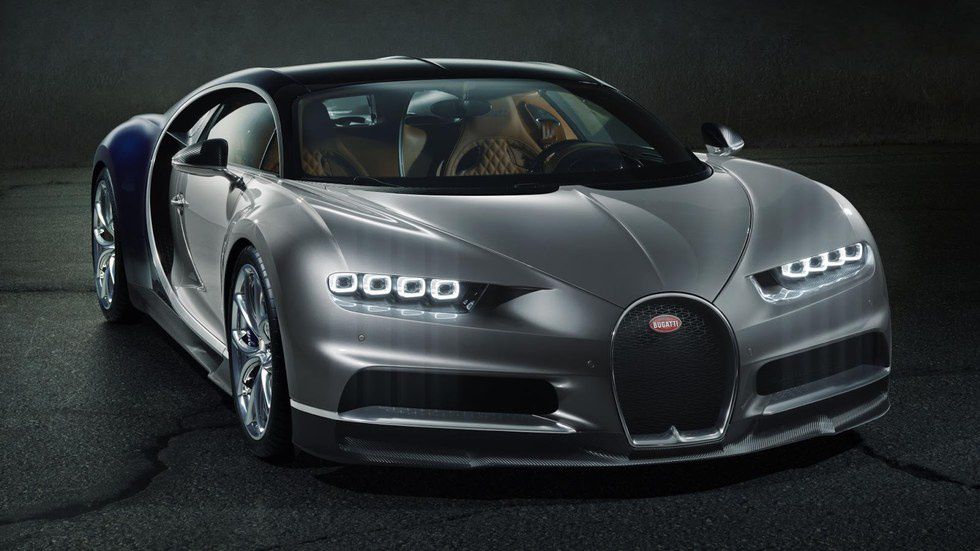Cars: they are as much definers of national identity as personal identity. They reflect the personality and character of the nation which they were produced in. American cars are big, shouty and unapologetic, German cars are all about precision and perfection; British cars flaunt their elegance and charisma, while Japanese cars are about dependability and efficiency. Throughout history, cars represented and symbolized their nation, like Ferrari and Italy, for example. But if we dig in a bit deeper behind the charming patriotic marketing, we find that change in ownership and other business strategies lead to a lot of car companies having very tricky and even murky paperwork when it comes their nationality. In fact, some car companies have such sketchy passports, they would never want to go through an American immigration checkpoint. So here are 15 car companies with fake passports stashed under their flags.
1. Chrysler/Dodge/Ram/Jeep
Proposed nationality: American
Actual nationality: Italian
Chrysler is one of the American “Big Three”, making it one of the biggest company in the world’s biggest auto industry along with Ford and General Motors. Under its umbrella are the equally iconic brands Jeep, Dodge and Ram, making it arguably the most important company in American automotive history. So when the Big Three were on the brink of collapse in the mid-2000’s, Chrysler had to think of something, anything, to save itself. The answer was joining forces with the Italian automotive superpower Fiat in 2014. So cars like the Dodge Challenger SRT Hellcat and the iconic Jeep Wrangler, cars that scream ‘Murica on top of their lungs actually just came back from a pasta dinner with the family. But if you think about the fact that Fiat also owns brands like Ferrari and Maserati, Chrysler’s inclusion to this family might not be such a bad thing.
2. Mini
Claimed nationality: British
Actual nationality: German
The original Minis from the 60’s were both incredibly practical cheap car for the masses and an enormously successful racing car, making it equally iconic as cars like the Volkswagen Beetle and Citroen 2CV. The Mini was produced under British ownership until 2000 when BMW retained the right to use the Mini name. Launch of the new Mini in 2003 under BMW ownership was an instant hit, and it is still going strong to this day.
3. Jaguar/Land Rover
Claimed nationality: British
Actual nationality: Indian
Land Rover and Jaguar make some of the most elegant and desired cars in the market. There are a crowd of celebrities who own a Range Rover, while Jaguar churns out some of the most beautiful luxury vehicles to clients who want something rather less...Germanic. With seductive sheet metal, exquisite interiors and gnarly performance, these two sister companies are quintessentially English if you just ignore the fact that they’ve been under the ownership of Indian automotive giant Tata since 2008. That being said, this ownership led to renaissance for Jaguar and Land Rover, triggering modernization across their products and making them even more desirable in the luxury vehicle market.
4. Lamborghini
Claimed nationality: Italian
Actual nationality: German
Very few car companies manage to translate Italian passion, flair, drama and emotion to sheet metal than Lamborghini. When you just look at one of their cars, you know it’s special; you sense that all Lamborghinis are results of artists' eyes and craftsmens' hands, built exclusively for clients who want something that’s the farthest from words like mass-produced and common. Small wonder that they decorate every aspiring young man’s wall. Which is ironic, because it’s owned by Volkswagen. Yes, the company that brought us the cutesy Beetle and the practical Golf hatchback also brings us one of the fastest and most expensive exotic supercars on the planet. We shouldn’t complain though, because it’s this German involvement that grew Lamborghini to the super-car powerhouse that it is today.
5. Nissan
Claimed nationality: Japanese
Actual nationality: French
Nissan is undoubtedly one of the world’s biggest car manufacturers along with fellow Japanese automotive giants Toyota and Honda. But the Nissan that we know today comes from a partnership between Nissan and French automotive giant Renault that formed in 2002, with both companies having 50-50 share of the partnership revenue. Ever since then, Nissan has expanded to a company that makes pretty much everything from family sedans to that funky yellow thing up there, electric cars and neck-breaking supercars; so we can’t really complain, can we?
6. Rolls-Royce
Claimed nationality: Quintessentially British
Actual nationality: über-German
If you want the pinnacle in ultra-luxury motoring, you turn to no one but the British. More specifically, you turn to no one but Rolls-Royce. Rolls-Royce is the sort of company that only uses leather procured from bulls because they say cows get stretch marks when they are pregnant, causing minor blemishes in quality, and these bulls are raised in temperate, moist climates so their hides receive optimal moisturization to ensure finest quality. Each finished vehicle with attention to detail like that is proudly marked with plaques that read: “Hand built in Goodwood, England” on each of the door sills. But since 1998, the British marque has been under ownership of BMW, with two of Rolls-Royce’s best-sellers – the phantom and the ghost – both starting production much after the German company took over, with much of the internal components being sourced from BMW’s parts bin. But this is not something to complain about because reliability issues that plagued classic Rolls-Royces virtually disappeared after BMW ownership, and I want my ultra-luxury car to start every time my wrist my chauffeur’s wrist turns the key in the morning.
7. Bentley
Claimed nationality: Quintessentially British
Actual nationality: über-German
Here’s another British ultra-luxury marque that’s been taken over by Germans. Bentley took different approach to Rolls-Royce when it comes to ultimate luxury; this century-old company emphasized performance and speed blended with sumptuous leather and finely polished and sanded wood. Think of them as racecars for the gentlemen. In 1998, the same year Rolls-Royce was acquired by BMW, Bentley was purchased by another big German auto company: Volkswagen. The company whose name literally translates to The People’s Car is comprised of the same people who produce some of the most respected ultra-luxury automobiles the world has ever seen. But do not despair, because under the German ownership, this British marque is also going through its brightest era.
8. Volvo
Claimed nationality: Swedish
Actual nationality: Chinese
Volvo is by-word for safety. They were indestructible. This Scandinavian brand defined the standard for automotive safety, using strict standards and consistently building some of the most safest cars on the planet. Unfortunately, however, building cars with over-the-top safety standards with quality to rival Audi, BMW, Mercedes-Benz and other luxury top-dogs cost money. A lot of money. Volvo had to be bought out by Ford in 1999 until the Blue Oval handed the company to a Chinese car manufacturer Geely in 2009, and this Chinese management seems like the best thing that could’ve happened to Volvo. The first car under the new ownership – the new XC90 SUV – was given
Motor Trend magazine’s coveted 2016 SUV of the Year award.9. Peugeot/Citroën
Claimed nationality: French
Actual nationality: Chinese
Peugeot and Citroën are relatively unknown brands here in the United States, but in its home turf in Europe, the two French sister companies were major players in the compact car/SUV market, both decorated with long histories filled with unique, quirky and even iconic cars that are loved to this day. But their recent years were littered by cheaply made cars and mostly underwhelming products; naturally, they got themselves trapped in a financial foxhole. Chinese car company Dongfeng came to the rescue in 2014 to save these manufacturers from disappearing into pages of history and get them back to making wonderfully strange and quirky cars the French were always good at. So, has it worked? Well, Citroen makes a crossover called Cactus, and it looks like this. So yeah, it has worked.
10. Bugatti
Claimed nationality: French
Actual nationality: German (again)
Even if you’re not that into cars, you’ve probably heard of the Bugatti Veyron. It cost more than a million dollars, its engine had 16 cylinders, produced 1,000 horsepower, took only 2.5 seconds to go from standstill to 60 miles per hour, had a top speed of 267 miles per hour and a set of tires cost $15,000 to replace – all while being just as luxurious and refined to drive as a Rolls-Royce. Its successor, the Chiron (that thing above), promises to be faster, more powerful and even more refined, cranking up those mouth-watering numbers even further. Bugatti took the art of engineering to its absolute pinnacle. But making a car that’s subject of admiration of the whole world is nothing new for Bugatti. Ever since the company was founded in 1909 in Molsheim, France, Bugattis were always the ultimate symbol of wealth, speed, refinement, engineering and power. They have an illustrious racing records to prove it, too. After World War Two, however, the company dwindled, until it closed its doors in the 1960’s. The once-treasured marque had been slowly forgotten until June 1998, when Volkswagen CEO Ferdinand Piech decided that it was time for Bugatti to wake from its slumber. Everything else since then is a history, a history that Ettore Bugatti himself would’ve exactly wanted.




